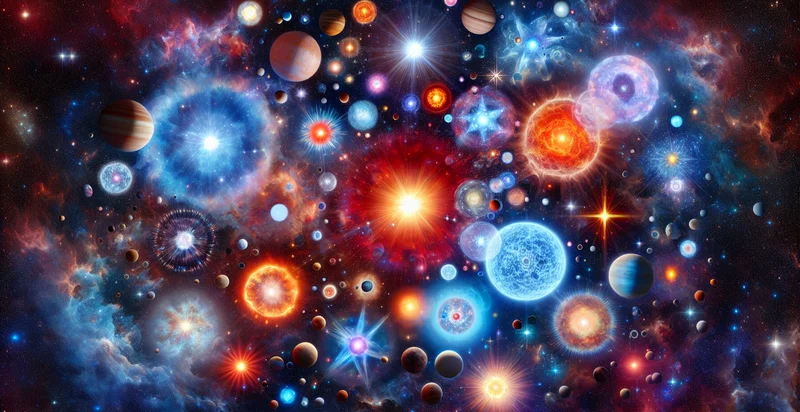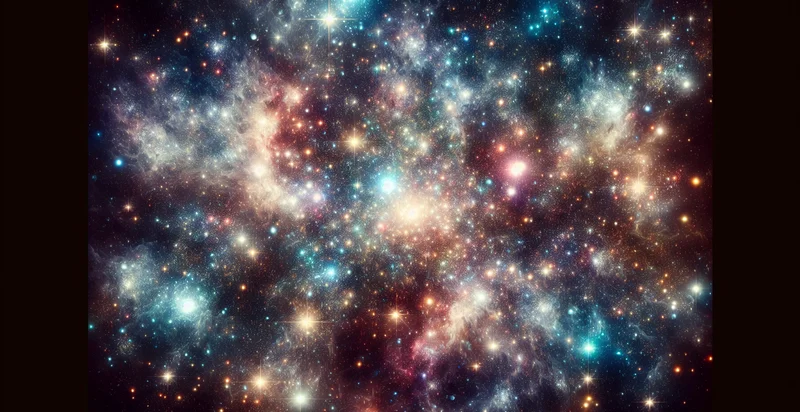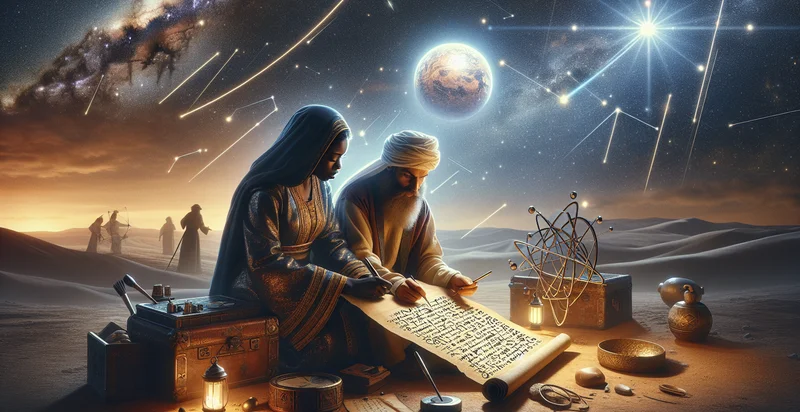Identify star types
using AI
Below is a free classifier to identify star types. Just upload your image, and our AI will predict what type of star it is - in just seconds.

Contact us for API access
Or, use Nyckel to build highly-accurate custom classifiers in just minutes. No PhD required.
Get started
import nyckel
credentials = nyckel.Credentials("YOUR_CLIENT_ID", "YOUR_CLIENT_SECRET")
nyckel.invoke("star-types", "your_image_url", credentials)
fetch('https://www.nyckel.com/v1/functions/star-types/invoke', {
method: 'POST',
headers: {
'Authorization': 'Bearer ' + 'YOUR_BEARER_TOKEN',
'Content-Type': 'application/json',
},
body: JSON.stringify(
{"data": "your_image_url"}
)
})
.then(response => response.json())
.then(data => console.log(data));
curl -X POST \
-H "Content-Type: application/json" \
-H "Authorization: Bearer YOUR_BEARER_TOKEN" \
-d '{"data": "your_image_url"}' \
https://www.nyckel.com/v1/functions/star-types/invoke
How this classifier works
To start, upload your image. Our AI tool will then predict what type of star it is.
This pretrained image model uses a Nyckel-created dataset and has 16 labels, including Black Hole, Blue Dwarf, Brown Dwarf, Giant Star, Hypergiant Star, Main Sequence Star, Massive Star, Neutron Star, Orange Dwarf and Pulsar.
We'll also show a confidence score (the higher the number, the more confident the AI model is around what type of star it is).
Whether you're just curious or building star types detection into your application, we hope our classifier proves helpful.
Related Classifiers
Need to identify star types at scale?
Get API or Zapier access to this classifier for free. It's perfect for:
- Astronomy Research Enhancement: Scientists can employ the 'star types' identifier to automatically classify and catalog images of celestial bodies collected from telescopes. This can accelerate research efforts by allowing astronomers to focus on analyzing the data rather than manually categorizing images.
- Educational Tool for Schools: Educational institutions can use this function as a teaching aid in astronomy classes. Students can engage with interactive lessons that analyze star images, helping them understand different star types and their characteristics through practical application.
- Astronomy Mobile App Integration: Developers can integrate the star types identifier into mobile applications focused on stargazing or astronomy. Users can take photos of the night sky, and the app will classify and provide information about the visible stars, enhancing the amateur astronomer experience.
- AI-Based Image Tagging: Businesses that deal with image databases can utilize the classification function for better tagging and retrieval. By automating the organization of star images, users can efficiently search for specific types of stars or related data, ultimately improving data management.
- Telescope Imaging Software: Companies producing telescope imaging software can include this function to offer enhanced features. By allowing users to automatically classify and receive detailed insights about the stars their telescope captures, the user experience is significantly enriched.
- Art and Space-themed Projects: Artists or creative agencies can use the identifier to inspire space-themed projects, installations, or artworks. The classification data can inform creative decisions, helping artists accurately represent different star types in their works.
- Data Analysis for Astronomical Surveys: Research organizations conducting large astronomical surveys can implement the star types identifier to process vast amounts of image data quickly. This automation allows for more efficient data analysis, leading to faster discoveries about star populations and their distributions in the universe.


